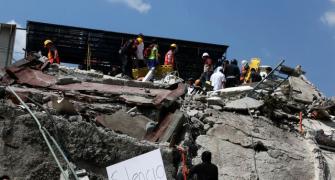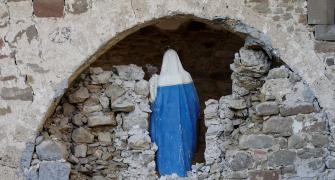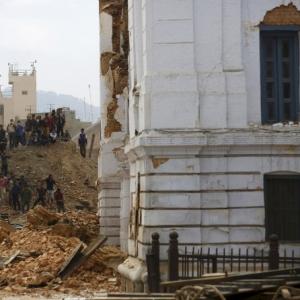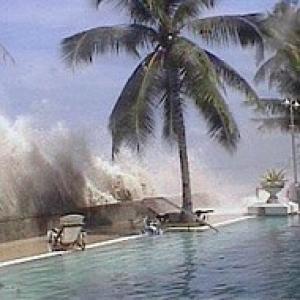At least 332 people have been killed and more than 2,500 are injured after a 7.3 magnitude earthquake hit the Iraq-Iran border.

The quake hit around 9.20pm on Sunday, when many people would have been at home. More than 100 aftershocks followed.
Iran gave a provisional toll of more than 328 dead, with further deaths reported on the Iraq side of the border. Tremors were felt as far west as the Mediterranean coast.

The earthquake hit several western provinces of Iran but the hardest hit province was Kermanshah, which has announced three days of mourning. More than 236 of the victims were in Sarpol-e Zahab county in Kermanshah province, 10 miles from the Iraq border.
Mojtaba Nikkerdar, the deputy governor of Kermanshah, said authorities there were “in the process of setting up three emergency relief camps”.

Iran’s emergency services chief Pir Hossein Koolivand said it was “difficult to send rescue teams to the villages because the roads have been cut off... there have been landslides”.
The official IRNA news agency said 30 Red Cross teams had been sent to the quake zone, parts of which had experienced power cuts.

The quake, which struck at a relatively shallow depth of 25 kilometre, was felt for about 20 seconds in Baghdad, and for longer in other provinces of Iraq. On the Iranian side of the border, the tremor shook several cities in the west of the country including Tabriz.
Prime Minister Narendra Modi condoled the deaths in the massive earthquake which shook Iraq and Iran.
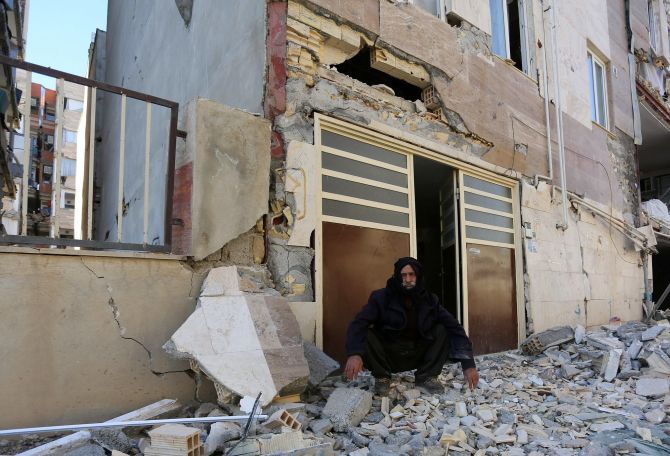
Photograph: Tasnim News Agency/Reuters
Shocks were also felt in Pakistan, Lebanon, Kuwait and Turkey, news agencies in those countries reported.
Iran’s Supreme Leader Ayatollah Seyyed Ali Khamenei sent a message of condolence, and urged military and civilian help to be dispatched to quake victims.

Iran, which sits on a major fault line between the Arabia and Eurasia plates, has experienced deadly quakes in the past.
In 2005, a 6.4 magnitude earthquake rocked the city of Zarand in the southeastern province of Kerman, killing at least 400 people, and in 2012 a pair of earthquakes jolted northwest Iran, killing at least 300 people.

But the most deadly quake in recent memory occurred in 2003, when a magnitude 6.6 earthquake struck the city of Bam in southeast Iran, killing around 31,000 people.
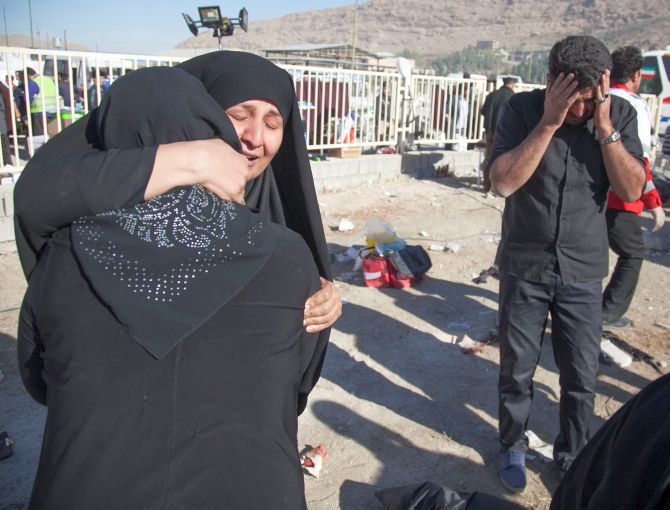
Photograph: Tasnim News Agency/Reuters

